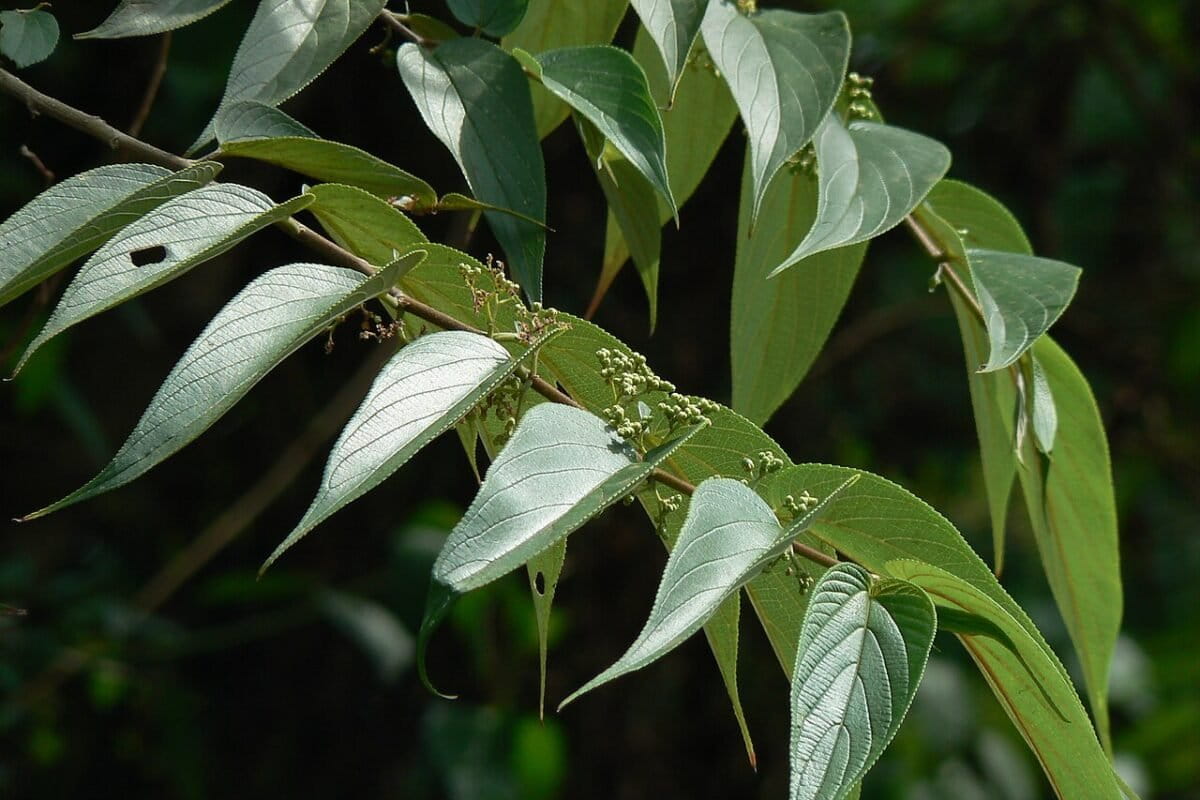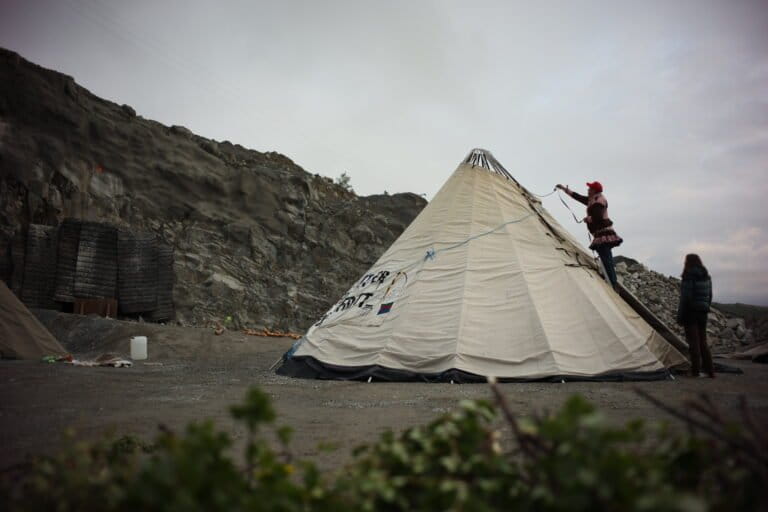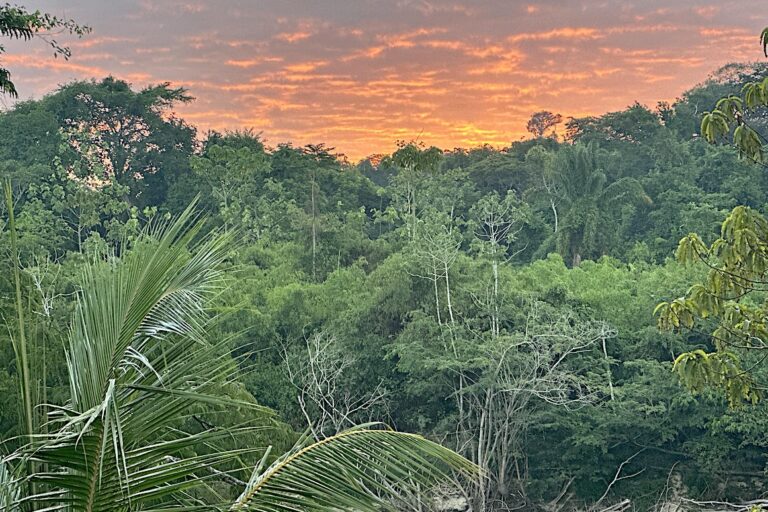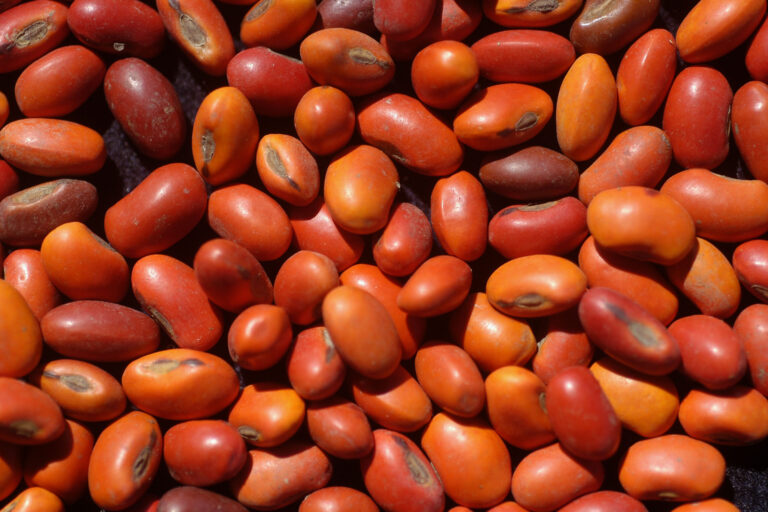- A new study has found that sea otters are helping to slow down salt marsh erosion in Elkhorn Slough in California by eating burrowing crabs.
- Drawing on a range of data sources, which included surveys and field experiments, the authors found that in places where sea otters were abundant, the erosion of the salt marsh slowed by as much as 80-90% over the course of the study.
- Salt marshes worldwide are disappearing due to climate change-driven factors such as rising sea levels and other human pressures.
Sea otters are slowing down the erosion of salt marshes, thanks to their rapacious appetite for crabs, according to new research.
But it took some sleuthing to figure this out.
Marine ecologist Brent Hughes said he and his colleagues first noticed sea otters (Enhydra lutris) using the tidal creeks and salt marshes of Elkhorn Slough estuary, near Monterey, California, about a decade ago. This got them thinking about the relationship between the otters and the coastal wetlands they inhabited — or rather, reinhabited. Otters used to be abundant in many estuaries along the West Coast of the United States but were virtually wiped out by fur traders in the 19th century. But now, the otters are back.
“This presented a really unique opportunity to study the effects of a recovering top predator on a salt marsh ecosystem that was under a lot of [stress due to] anthropogenic effects and negative effects,” Hughes told Mongabay.
Salt marshes are estuarine habitats that thrive on the ebb and flow of tides. These coastal wetlands provide a myriad of ecosystem services. For instance, they act as giant filters, trapping pollutants such as pesticides, herbicides and heavy metals that would otherwise wash out to sea. They also provide critical habitat for fish and other species, help stabilize shorelines, and even store carbon. Yet, in many parts of the world, salt marshes are disappearing due to rising sea levels — a result of human-induced climate change — which leads to the erosion of these coastal habitats. They’re also threatened by other human-led factors, such as coastal development, aquaculture, pollution, and an influx of invasive species.

A study published in 2022 used satellite imagery to find that the world lost 1,453 square kilometers (561 square miles) of salt marsh between 2000 and 2019, an area about half as big as Yosemite National Park.
In Elkhorn Slough, however, the opposite is happening. Most of the erosion has slowed and new vegetation is growing back in. In a newly published paper, Hughes and a team of international researchers figured out that it had a lot to do with otters and their choice of food — crabs.
Crabs are known to eat salt marsh roots and dig into the soil, which can cause parts of the salt marsh to collapse.
“Without the sea otters, the marsh looked like Swiss cheese and [was] very unstable,” Hughes said. “You’d walk along the edge and big chunks of the marsh would just calve off, kind of like an iceberg calves off. And once those calving events occur and the marsh falls into the water, it’s gone. It’s not coming back without a lot of intervention.”
But luckily for the Elkhorn Slough salt marsh, sea otters eat a lot of crabs. Otters need to eat around 25% of their body weight daily, or about 9-11 kilograms (20-25 pounds).
“We’re realizing how important these predators can be,” Hughes said. “And this is one of those prime examples of a recovering top predator that actually can build in resilience to the ecosystem without us having to do anything.”

The new study, published in Nature on Jan. 31, combined a decade’s worth of data from large-scale surveys across 13 tidal creeks of Elkhorn Slough, and small-scale field experiments at five locations around the estuary. The experiments allowed the otters to colonize some sites but excluded them from others. The researchers collected measurements and observations on the ground, and they also used aerial photography dating back to the 1930s to assess the salt marsh erosion over time.
They ultimately found that in places where sea otters were abundant, the erosion of the salt marsh had slowed by as much as 80-90% over the course of the study.
Hughes, who has been studying otters for more than 10 years, previously found that otters’ taste in crabs is also helping to restore eelgrass in Elkhorn Slough, after analyzing 15 years of citizen science data.
Gena Bentall, director and senior scientist of Sea Otter Savvy, a nonprofit research and outreach organization, who was not involved in the new study, said the new research highlights “another in a growing list of ecosystem services the sea otter contributes to imperiled coastal habitats.”
“As the southern sea otter recovers its historical (pre-fur trade) range, we will continue to discover new and interesting ecological relationships, some of which we didn’t even know were possible,” Bentall told Mongabay in an email. “Humans have developed the California coast largely in the absence of this keystone species. Our communities, fisheries, recreation and other activities established in an incomplete coastal world absent the powerful stabilizing and diversifying effects of the sea otter.
“As sea otters return to the homes from which they were extirpated,” she added, “an important step in our coexistence with them is recognition of their ecological importance.”
Banner image caption: Sea Otters forage for clams in lower Elkhorn Slough, California. Image by Kiliii Yüyan.
Elizabeth Claire Alberts is a senior staff writer for Mongabay’s Ocean Desk. Follow her on Mastodon, @ECAlberts@journa.host, Blue Sky, @elizabethalberts.bsky.social, and Twitter @ECAlberts.
Citations:
Campbell, A. D., Fatoyinbo, L., Goldberg, L., & Lagomasino, D. (2022). Global hotspots of salt marsh change and carbon emissions. Nature, 612(7941), 701-706. doi:10.1038/s41586-022-05355-z
Hughes, B. B., Beheshti, K. M., Tinker, M. T., Angelini, C., Endris, C., Murai, L., … Silliman, B. R. (2024). Top-predator recovery abates geomorphic decline of a coastal ecosystem. Nature, 626(7997), 111-118. doi:10.1038/s41586-023-06959-9













